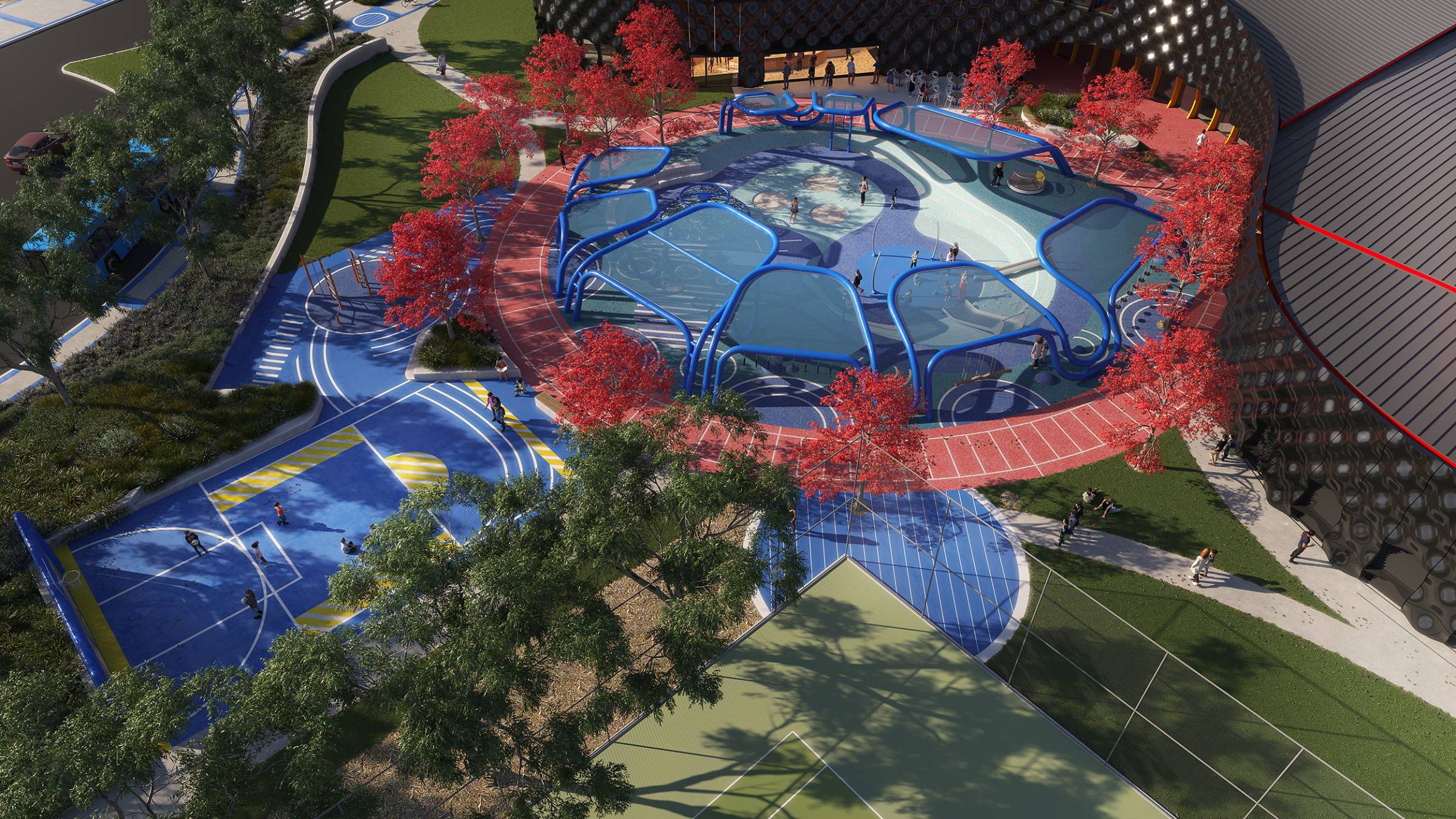
This website uses cookies to offer you a great experience and to help us understand how our website is being used. By using this website, you consent to our use of cookies. For full details on how we manage data, read our Privacy Policy.
Architectus expands expertise in Landscape Architecture
At Architectus we’re expanding both our design offer and our design thinking, introducing a group of leading Landscape Architects to our growing Urban Futures team.
The team’s evolution will add value to our work as a large, multi-disciplinary practice with deep expertise across every sector. In the simplest terms, it means our skilled designers will cover the entire project continuum – from planning to landscape to built environment.
The change will allow us to make an even greater impact through layered, integrated design solutions for cities and communities.
Our expanded offer will be led by Esther Dickins, a highly respected Landscape Architect and Urban Designer with more than 25 years in the industry. Esther comes to Architectus from design practice Scott Carver, where she was a Director with a career portfolio of major multi-disciplinary projects across Australia, Asia, and the Middle East.
A group of experienced Landscape Architects will join Esther – an established team with a passion for the value of Landscape Architecture in the built environment and a track record of delivering high-quality design solutions. Based in the Architectus Sydney studio, the team will collaborate on projects nationally, bolstering the existing landscape expertise across the practice.
The new arrivals include senior Landscape Architects Ashleigh Casserly and Ryan Aldrich, who have both been appointed Associates at Architectus.
Growth in expertise and reach
The team’s arrival follows a year of sustained growth for Architectus, which merged in April with Conrad Gargett, a practice with a long history of excellence in Architecture, Landscape Architecture, Urban Design, and Interior Design.
Architectus Conrad Gargett’s sectors of focus – including Living, Working, Public, Health, Defence, and Heritage – all incorporate significant landscape opportunities as part of generating holistic design outcomes.
“Landscape is often referred to as ‘green infrastructure’ these days, and that’s on purpose,” says Dean Thornton, Sector Leader Urban Futures. “It’s not an option – it’s a need.”
“In cities there’s a growing emphasis on connecting natural systems for sustainability and the value of landscape amenity,” adds Esther. “We’re living in higher density environments – and working more flexibly – and that means people are using these spaces even more. It puts a premium on them, with greater pressure and higher expectations.”
”We have to design carefully and thoughtfully, considering ecology, resilience, equity, accessibility, and critically, culture,” says Esther, who is focused on building relationships with First Nations communities to enhance the process of connecting to Country.
“We want the spaces between buildings to sing, just like the buildings themselves.”
Combined thinking from the outset
Both Esther and Dean are advocates for involving Landscape Architects in the earliest stages of a project, allowing them to share their technical knowledge, open up new possibilities, and shape the design process and outcome. They believe a fusion of landscape and architecture from the outset helps clients get the best out of both.
“Across the board landscape is becoming much more integrated, from the level of natural systems to urban environments to individual buildings,” says Esther. “There’s a big push to provide greater amenity and more sustainable solutions, and as Landscape Architects we have a significant contribution to make.”
“We’re seeing landscape integrated not only on the ground but on rooftops, podiums, facades and interiors, even whole developments pushed ‘underground’ to create new public space above.”
Esther points to the rise in retrofits and upgraded public spaces in mixed-used precincts, with owners and developers renewing existing developments to make them livelier, healthier, and more appealing.
“Even small interventions can make a big difference, refining the balance between landscape, architecture, and interiors,” she adds, noting the increase in upgrade projects in the hospitality sector post-pandemic. She says the expanded Urban Futures team can make a positive impact in residential, working and mixed-use precincts in particular, weaving together green space and retail, dining, and other amenities.
“Connections to nature have become increasingly important to people, and research proves it plays a vital role in our health and wellbeing,” says Esther.
“By integrating Landscape Architecture early – and thoughtfully – we’re building resilience in so many ways.”
With our new Landscape Architecture team in place, the practice has already hit the ground running on a range of projects, including the Blacktown Exercise Sports and Technology (BEST) Hub and the Pemulwuy Precinct in Redfern.
Architectus is also involved in one of Sydney’s most transformative landscape-focused projects after winning the Barangaroo Harbour Park Design Competition as part of the AKIN team.

Stay in touch
Sign up here to receive updates from us on our latest projects, insights and news.
By clicking submit, you agree to receive communications from Architectus Australia. For more information, view our privacy policy and cookie policy.


